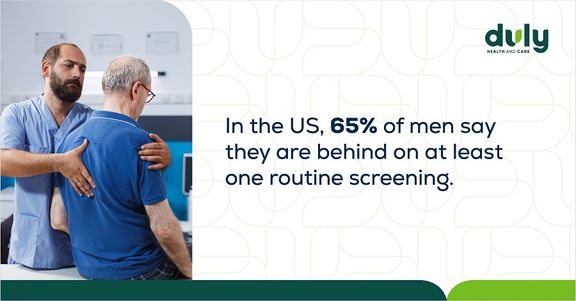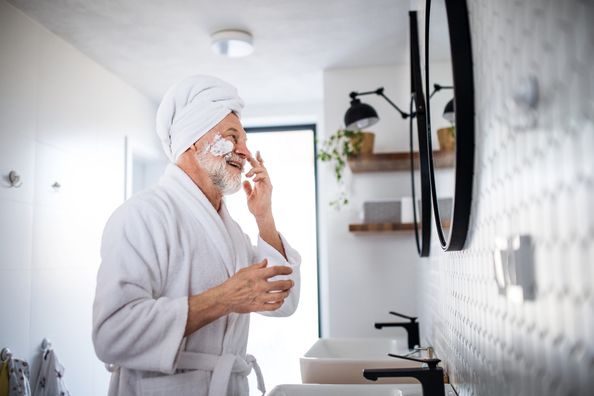
Cancer in Men Is More Common Than Cancer in Women
Here’s why the number of cancer cases and cancer-related deaths are higher in men and the screenings that you need to know about.
There’s good news in the cancer world. Deaths from cancer have been falling. With more advanced screening methods and treatment options that allow people to find and treat cancer in its early stages, outcomes are improving.
But that’s not the whole story. While deaths have been decreasing, there has been an increase in cancer cases across the country. In 2024, it was estimated that the number of new cancer cases in the US would hit more than 2 million for the first time.
There are a lot of reasons why this could be happening, like a rise in obesity (a risk factor for cancer) and a growing aging population. We’re also seeing numbers rise due to advances in screening and the fact that more people are getting screened.
Cancer can happen to anyone, regardless of age, sex, race, income, or where they live. However, these factors can all affect someone’s risk of getting or dying from cancer. And when it comes to gender, the number of cancer cases and deaths in men outweighs the number in women.
Also read: Batting a Healthy Thousand-Your Men’s Health Playbook
Why Men Are More at Risk for Cancer
For years, this higher risk was blamed on lifestyle. For example, men are:
- More likely to have cancer-causing habits like smoking or drinking alcohol
- Less likely to get screened or treated for cancer
- More likely to have jobs where they are exposed to carcinogens
However, there has been a shift in this thinking. While lifestyle factors can still play a significant role, researchers are starting to believe that biological differences may be the bigger culprit.
Starting from the time they are young children, males are more likely to have cancer. And among adults, even when things like smoking or screening are taken into account, men still get cancer more often. This points to something happening differently in men’s and women’s bodies when it comes to cancer risk.
And Why Men Are More at Risk for Cancer-Related Deaths
Cancer screening saves lives. When you get the recommended cancer screenings, you’re more likely to find cancer at its earliest stages. This is when it’s most treatable.
However, men get screened significantly less than women.

Without screening, men might not find cancer until its later stages, which is when it’s more difficult to treat and can even be fatal.
Also read: Men’s Health: Screening Through the Ages
Almost Every Main Cancer Is More Common in Men – But Not All
Some cancers can only affect men, like prostate and testicular cancer. But even when it comes to cancers that can affect anyone, men are often in the lead. Among the ten most common cancers that affect both men and women, eight are more common in men.
And the numbers are just as grim when it comes to deaths. Of the seven deadliest cancers that affect both men and women, breast cancer is the only one where more women die than men.
There is something interesting about breast cancer. Even though more women die of breast cancer than men, the rate of deaths from breast cancer is actually higher in men. This could be due to fewer treatment options for men. Men are also more likely to be diagnosed at a later stage – when the cancer is harder to treat – because they may not realize a lump could be breast cancer and are less aware that men can get breast cancer too.
Preventing Cancer Deaths in Men
One of the best things men can do is to keep up with their regular screenings. Screening recommendations for men include:
| Cancer Type | Guidelines |
| Colorectal | If you are at average risk*, begin regular screening at age 45.
*Average risk means you do not have a personal or family |
| Lung | Get screened every year if you meet all of these criteria:
|
| Prostate | Get screened every year starting at age 50.
|
| Skin | Most men do not need regular skin cancer screenings. You may
Check your skin regularly and let your provider know if there are |
Questions about cancer or cancer screening? Schedule an appointment with a Duly Health and Care primary care provider.
Also read: To Screen or Not to Screen: When to Get Common Cancer Screenings Quiz
If you have personal risk factors, like a history of certain illnesses, your provider may want you to get additional screenings. Make sure to see your provider for an annual exam and to discuss the best screenings for you.
Health Topics:







